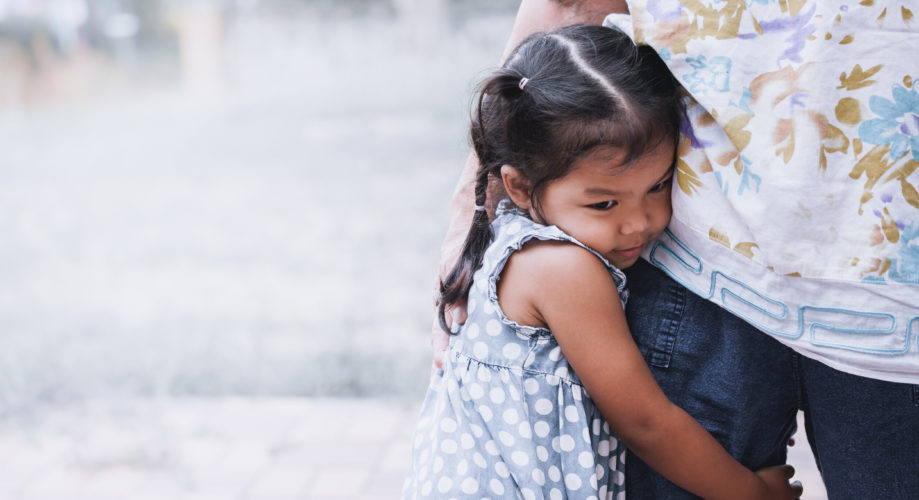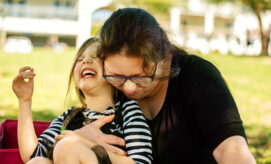As shelter-in-place orders are lifted and early learning programs are reopening, there is a lot for educators and caregivers to consider. While the logistics of opening your program are important, another necessary consideration is the emotional experience of children during this stressful and confusing transition.
Children who have been home for several months will likely have some difficulty as they adjust back into their old routines. As early learning professionals, we must be prepared to support their feelings and emotions during the transition.
What do Big Feelings Look Like for Young Children?
In their first five years of life, young children’s brains are still developing. They are still learning to regulate and express their emotions. Especially during toddlerhood, young children do not yet have all of the tools to discuss their feelings and tell us when they are frightened, confused, or overwhelmed. Because of this, their emotions can take many forms, including (but not limited to):
Supporting Big Feelings
As we anticipate children’s emotions during this time of transition, it is important that we have plans in place to help children adjust. The systems that you and your staff set up and put into place will need to be worked out in partnership with parents. The support of families will be crucial during this time, as consistency between home and school will help children to feel more secure.
Encourage Parents to Talk with Children about their Transition
Before children return to your care, encourage parents to talk with children about returning. They can talk about friends that they will see, what kinds of activities they have to look forward to, and what might be different when they return. This will help children know what to expect and make the transition less overwhelming.
Maintain Clear, Developmentally-Appropriate Expectations
While children transition back into child care and preschool, they might act out with challenging behaviors. While this will be difficult, it is important to keep your expectations developmentally appropriate for young children. Creating and maintaining clear boundaries and communicating expectations will help children feel secure.
When children return to your classroom or program, you will need to spend time reminding them what the classroom expectations and routines are; and when children forget, gently remind children with easy-to-understand language: “It’s time to get ready for lunch, but I notice that you haven’t washed your hands. Remember that we always wash our hands before we eat, to keep ourselves safe from germs.”
Talk about Feelings and Experiences
Assigning words to feelings help children to expand their emotional vocabulary. Talking to them about COVID-19, wearing masks, physical distancing, and anything else that is different will need to be processed. These conversations should be developmentally appropriate and sensitive to children’s feelings.
With children who are older, we can ask them how they feel about coming back to school and how they felt when they were at home. When children tell us how they feel, it is important to validate their experience: “I know it’s hard to say goodbye to mom and dad after you guys got to spend so much time together. It feels sad to see them leave.” You might also follow up with some words of comfort to make children feel welcome: “I really missed seeing you at school, and I’m so excited that you’re back so we can all have fun together again.”
Educators and caregivers can also model these conversations by sharing how they are feeling in simple, easy-to-understand language: “I was kind of sad to leave my home today too, but I felt better when I got here and I saw all of my friends. You might be happy to see some friends again too.”
Resources for Further Exploration






